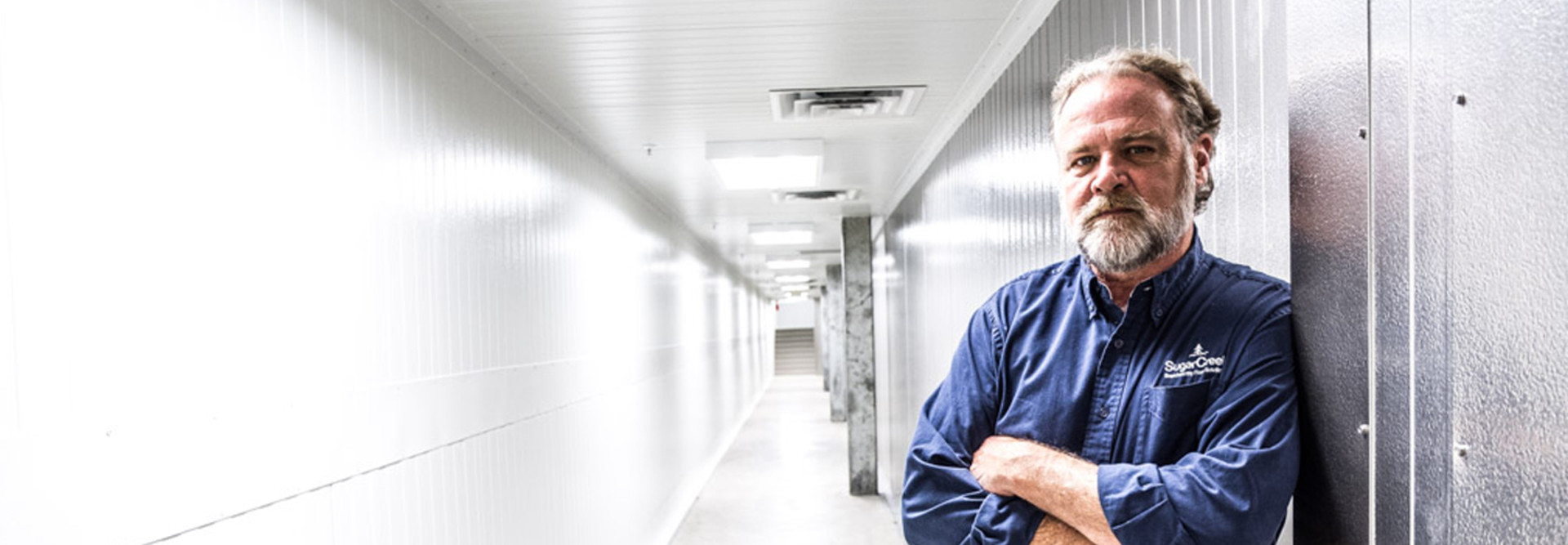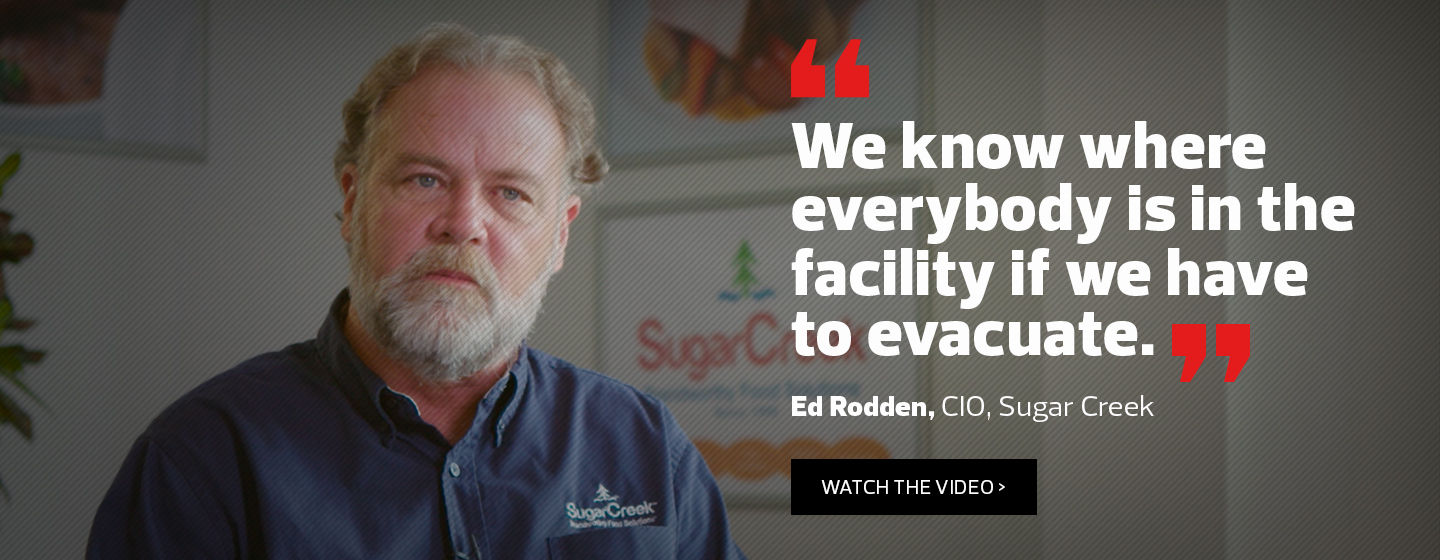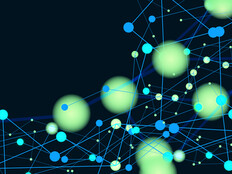The Internet of Things Powers a Modern Factory
The Internet of Things has come to the dinner table. No longer a far-fetched technology trend, the IoT brings real productivity, efficiency, and safety to today’s food factories and office buildings.
Food manufacturer SugarCreek recently gutted a 70,000-square-foot facility and expanded it to more than 400,000 square feet. Along the way, the building received a technical upgrade to equip it for the Internet of Things, giving SugarCreek capabilities that were pipe dreams only a few years ago.
The new Cambridge City, Ind., facility allows machines to communicate with employees on the factory floor. By the end of 2016, the company estimates that nearly 400 employees will wear radio-frequency ID tags for better security and emergency response.
“We know where everybody is in the facility if we have to evacuate,” says Ed Rodden, SugarCreek’s CIO. “But it’s not just for safety. For instance, we don’t want to design jobs for somebody and then have them spend 30 to 40 percent of their time walking from point A to point B as opposed to doing productive work. So this will allow us to do good job design analysis.”
Cutting the Fat and Boosting Worker Productivity
For SugarCreek, which packages and delivers a variety of foods, the project added a large amount of Cisco Systems technology to what was essentially a greenfield site. For communication and collaboration, the company installed a network of 260 cameras in the facility, tracking software and video analytics that link with whiteboard technology, says Rodden.
“One of the things that is embedded in the work team structure is that every two hours as a team, employees look at where they are on their productivity goals for the day,” he explains. “We’re actually positioning televisions to provide that feedback to workers from our data acquisition system. So there will be a continual feedback loop.”
SugarCreek also uses handheld cameras in mobile devices that run off the wireless network and enable collaboration with remote engineers and vendors. “That way, offsite employees can actually see what’s going on and talk with employees as they’re looking at what’s going on visually with a piece of equipment.”
The new technology at SugarCreek promises to change things dramatically for productivity, says Rodden. He estimates the improvements should increase labor utilization from about 80 percent to well above 90 percent.
The first step to a favorable return on investment begins with a smart technology implementation, says Mike Doenges, a Cisco systems engineer working with SugarCreek.
“In manufacturing facilities, connectivity specifically is dictated on where you’re placing your objects,” he says. “So whether you have plant floor manufacturing or a warehouse, you need to make sure you have good coverage everywhere. You also want to make sure employees have access to the services they need in the most convenient location.”
The Power of Connected Buildings
The estimated number of devices connected to the Internet by 2020
SOURCE: Cisco Systems and DHL, “Internet of Things in Logistics,” April 2015
The architects designing these new connected buildings can attest to the changes as well. In Tempe, Ariz., a building for Arizona State University is changing the way people learn and work, says Jay Silverberg, a principal at architecture firm Gensler.
“It was one of these truly campus-meets-community type projects that had public and private funding in the same building,” he explains. The five-story, 130,000-square-foot College Avenue Commons houses the School of Sustainable Engineering, Sun Devil Marketplace, university tours and classrooms — all of which are highly connected, says Silverberg, who acted as co-design principal for the project, designed by Gensler and Architekton.
“The university had the vision to bring all four of these together into one building, and the synergy and the community and the cross-pollinization of all of these components have just created an incredibly dynamic and dramatic building.”
One of the impressive additions is how the building slides open to expose design, technology and architectural elements to students. Students can open a wall panel and see real networking cables next to plumbing systems.
“You can walk into certain labs and see the HVAC systems and the telecommunications systems, and then, with your phone, tap into a live software model of the building so you can slide open this beautiful glass panel and see the plumbing system,” Silverberg says. “You can then tap that with your smartphone for an access code, pull up the software model, and see construction documents of that actual system.”
IoT Can Improve User Experience
This type of innovation, says Tom Kerber, director of research at Parks Associates, also enhances the value and flexibility of systems.
“Connectivity provides an opportunity for each of the building subsystems to be enhanced through data analytics,” he says. “In addition, connectivity provides an alternative approach to integration, enabling subsystems to connect and coordinate without a physical connection.”
Rudin Management, one of the largest privately owned real estate companies in New York, does similar things in the buildings it manages.
The company uses occupancy sensors so when people leave rooms, the fans, computers and lights turn down or off. This has resulted in a 40 percent reduction in hot or cold temperature complaints, says John Gilbert, chief operating officer and executive vice president for Rudin Management.
“It also sees, so on quadrants of floors and individual floors where we’re not achieving the temperatures that we tried to achieve, that allows us to answer the question, ‘why?’ Is there a fan with a belt loose or frayed? Are our air distribution systems doing the job that they’re supposed to be doing? Is there a chiller that needs to be refurbished or serviced?”
Control and flexibility represent the desired results for connected buildings, says Gilbert. “When you have connected building technology, it’s not only for measuring and managing, but also for predicting and prescribing,” he says. “With buildings, we’ve always had a foot on the accelerator, but now we’ve got the ability to actually see where we’re flying and control it.”










